full sun, compacted clay -- help!
mamimo
17 years ago
Related Stories
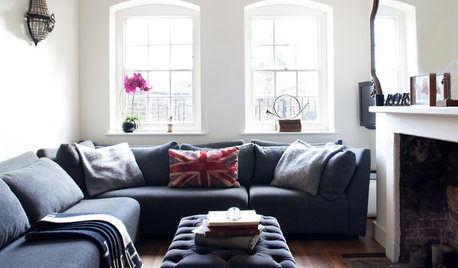
DECORATING GUIDESHow to Use Full-Scale Decor to Make a Small Space Feel Bigger
With a less-is-more approach, even oversize furnishings can help a compact area seem roomier
Full Story
GARDENING GUIDESGardening Solutions for Heavy Clay Soils
What’s a gardener to do with soil that’s easily compacted and has poor drainage? Find out here
Full Story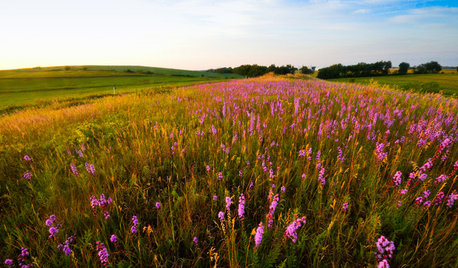
GARDENING GUIDESHelp Fuel the Monarch Migration With These 6 Prairie Plants
Try these nectar-rich beauties and help autumn monarchs
Full Story
GARDENING GUIDESHow to Stop Worrying and Start Loving Clay Soil
Clay has many more benefits than you might imagine
Full Story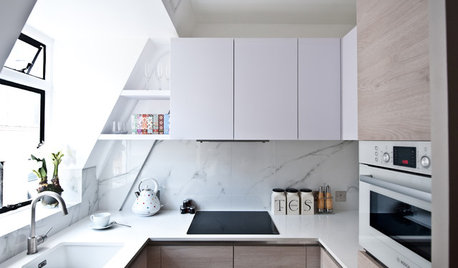
THE HARDWORKING HOMESmart Ways to Make the Most of a Compact Kitchen
Minimal square footage is no barrier to fulfilling your culinary dreams. These tips will help you squeeze the most out of your space
Full Story
KITCHEN DESIGNKey Measurements to Help You Design Your Kitchen
Get the ideal kitchen setup by understanding spatial relationships, building dimensions and work zones
Full Story
SELLING YOUR HOUSE10 Low-Cost Tweaks to Help Your Home Sell
Put these inexpensive but invaluable fixes on your to-do list before you put your home on the market
Full Story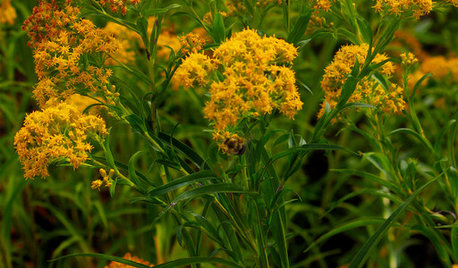
FLOWERS AND PLANTSThis Sunny Yellow Flower Helps Fall Pollinators and Landscapes
Oligoneuron riddellii’s distinct grass-like leaves and bright flowers jazz up the garden in the upper Midwest and Central Plains
Full Story
LANDSCAPE DESIGNNative Plants Help You Find Your Garden Style
Imagine the garden of your dreams designed with plants indigenous to your region
Full Story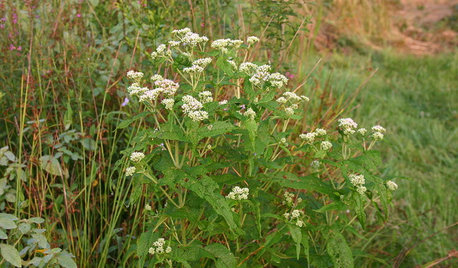
GARDENING GUIDESGreat Design Plant: Common Boneset Helps Good Bugs Thrive
Support bees, moths and butterflies with the nectar of this low-maintenance, versatile and tactile prairie-style plant
Full Story





bluesuze75
nativenut
Related Professionals
Burlington Landscape Contractors · Blue Springs Landscape Contractors · East Haven Landscape Contractors · Fort Payne Landscape Contractors · Hendersonville Landscape Contractors · Medford Landscape Contractors · Paterson Landscape Contractors · Tustin Landscape Contractors · Muscatine Solar Energy Systems · Wichita Siding & Exteriors · Greenville Siding & Exteriors · Largo Siding & Exteriors · Rockford Siding & Exteriors · Tooele Siding & Exteriors · North Richland Hills Siding & ExteriorsmamimoOriginal Author
jk_garden
nzracer
fernsk
janetpetiole
mamimoOriginal Author
bob64
lesdvs9
janetpetiole